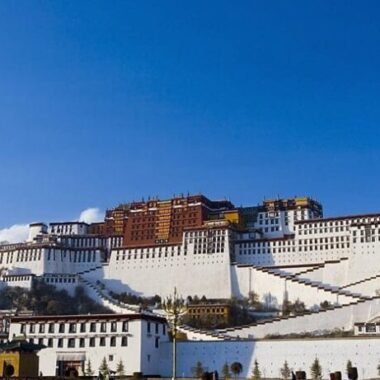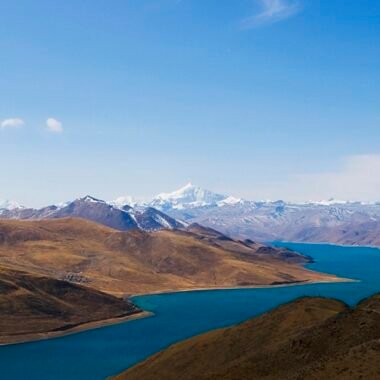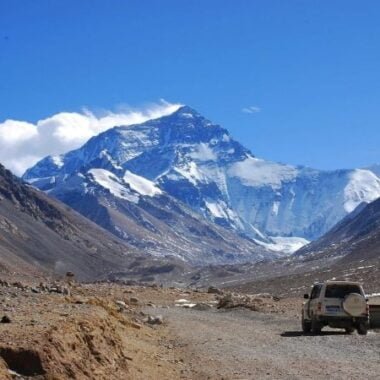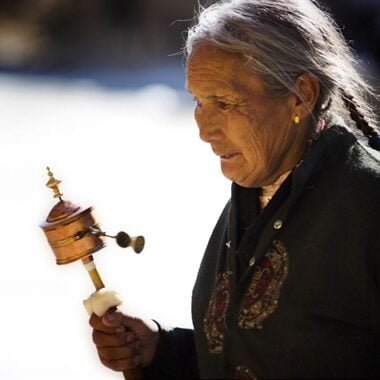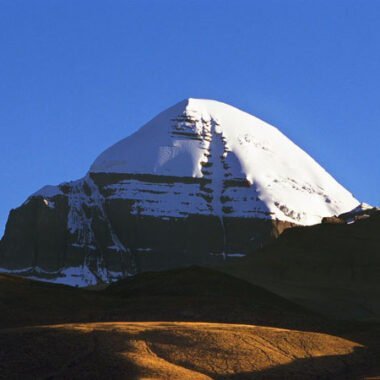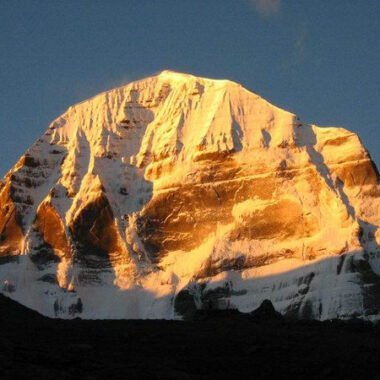Restricted Areas for Foreign Tourists in Tibet
Introduction: Tibet, with its awe-inspiring landscapes, rich spiritual traditions, and unique cultural heritage, attracts travelers from around the globe. However, there are…
Introduction:
Tibet, with its awe-inspiring landscapes, rich spiritual traditions, and unique cultural heritage, attracts travelers from around the globe. However, there are certain areas in Tibet that are off-limits or require special permissions for foreign visitors. In this article, we’ll walk you through some of the restricted regions and explain how you can still plan a rewarding trip to Tibet while respecting the local regulations.
Why Are Some Areas in Tibet Restricted for Foreign Tourists?
Tibet has specific security and administrative measures in place that limit foreign access to certain regions. These restrictions are often driven by the need to protect the environment, preserve cultural heritage, and maintain security. Many restricted areas are near Tibet’s borders with countries like Nepal, India, and Bhutan, or are located in areas of military or strategic significance.
Specific Restricted Areas for Foreign Tourists in Tibet
While most of Tibet is open to foreign tourists, there are a few regions that remain off-limits. Here are the key tourist sights that are generally not accessible to foreigners, unless with special permits:
- Yarlung Tsangpo Grand Canyon
The Yarlung Tsangpo Grand Canyon, located in southeastern Tibet, is considered one of the deepest and most remote canyons in the world. Due to its geographical and ecological significance, this area is off-limits to foreign visitors. - Motuo County (Moitang)
Motuo County, located in the southern part of Tibet near the border with India, is also a restricted area for foreign travelers. It is a remote and ecologically sensitive region, and access is highly controlled. - Nyingchi’s Niyang Valley
The Niyang Valley in Nyingchi, famous for its lush landscapes and diverse flora, is another area with restricted access for foreigners. The region is relatively close to the border with India, adding to its restricted status. - Special Notes for Indian Passport Holders to Mt. Kailash
It’s important to note that while most foreign tourists can visit Mount Kailash and its surrounding regions through a tour company, Indian passport holders can visit there only with permission and organization from the government.
What Permits Are Required to Visit Tibet?
Foreign tourists wishing to travel to Tibet must obtain a Tibet Travel Permit (TTP). This permit is essential for entry into the Tibet Autonomous Region (TAR), and it must be obtained through a licensed Tibetan travel agency. For more detailed information about the Tibet Travel Permit, please click here.
How to Navigate Restrictions and Plan Your Trip
Despite these restrictions, Tibet remains a fascinating and accessible destination for most foreign travelers. By working with an experienced travel agency, you can ensure that you have all the necessary permits and are aware of any travel restrictions. Many agencies offer tailored itineraries that respect the restricted areas while allowing you to explore Tibet’s many other incredible sites, from Lhasa to the Everest Base Camp.
Conclusion:
While some areas in Tibet are restricted for foreign tourists, many stunning destinations remain open and accessible. With proper permits and careful planning, you can enjoy a memorable and legally compliant trip to Tibet. Make sure to check with your travel agency for the latest information on restrictions and required permits to ensure a smooth journey.


